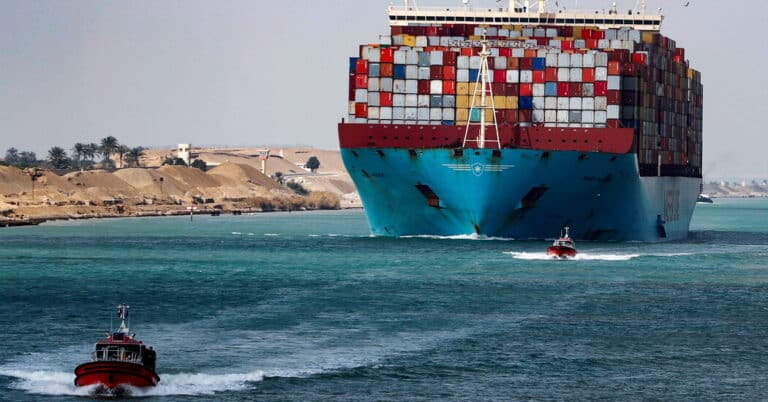The shipping companies that move goods on one of the world’s busiest trade routes for factories, stores, car dealerships, and other businesses face a difficult decision. They can choose to send their vessels through the Red Sea, which risks attacks by the Houthi militia in Yemen and comes with higher insurance premiums. Alternatively, they can sail an additional 4,000 miles around Africa, which adds 10 days in each direction and consumes more fuel. Both options increase costs, which may ultimately be passed on to consumers through higher prices.
Marco Forgione, director general of the Institute of Export and International Trade, stated that “we are beginning to see the weaponization of the global supply chains.” After three years of disruptions caused by the pandemic and the Suez Canal blockage, global supply chains had finally recovered. However, the Red Sea troubles may disrupt supply chains in the same way that the pandemic did.
Recent Houthi attacks have not significantly disrupted global supply chains, but companies like Ikea and Next have already stated that avoiding the Suez Canal and taking the longer route around Africa could cause product delays. The container shipping industry will face challenges during the surge of exports that typically occurs before China’s factories shut down for the Lunar New Year.
Daniel Nash, head of vehicle carriers at VesselsValue, reported that the number of specialized car-carrying ships using the Red Sea has more than halved. Longer voyages around Africa for car-carrying vessels traveling from Asia to Europe are particularly disruptive for the global auto industry. In addition to the Red Sea disruption, low water levels in the Panama Canal have forced many ships to choose a longer route through the Suez Canal to reach the United States.
Major shipping companies like MSC, Maersk, and CMA CGM have reduced their presence in the Red Sea. As of Thursday, 389 container vessels, accounting for over a fifth of global container capacity, had already diverted from the Suez Canal or were in the process of doing so. The cost of transporting a container from China to an East Coast port has increased due to the Red Sea attacks, and insurance costs have also risen significantly.
Despite the disruptions, experts believe that shipping companies can handle the current situation due to their increased fleet capacity in recent years. However, the network may still face challenges as the disruption continues.


